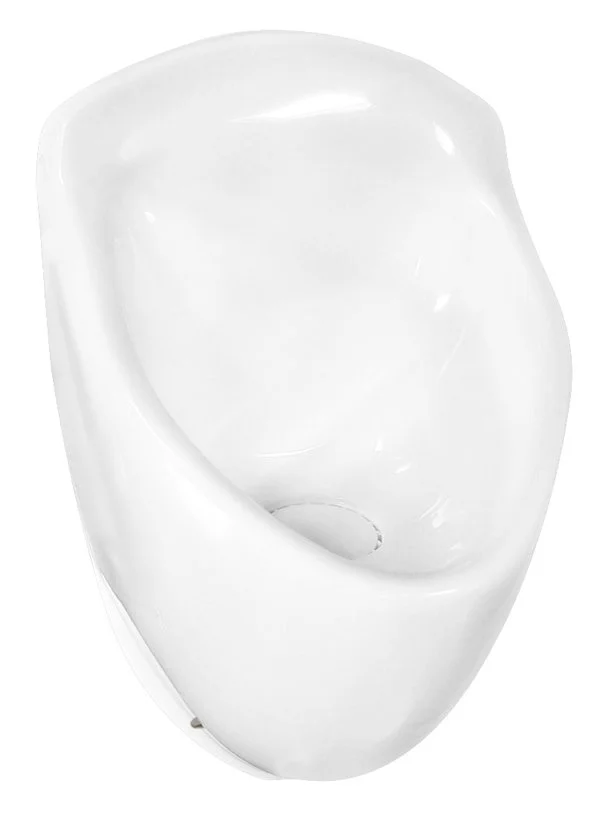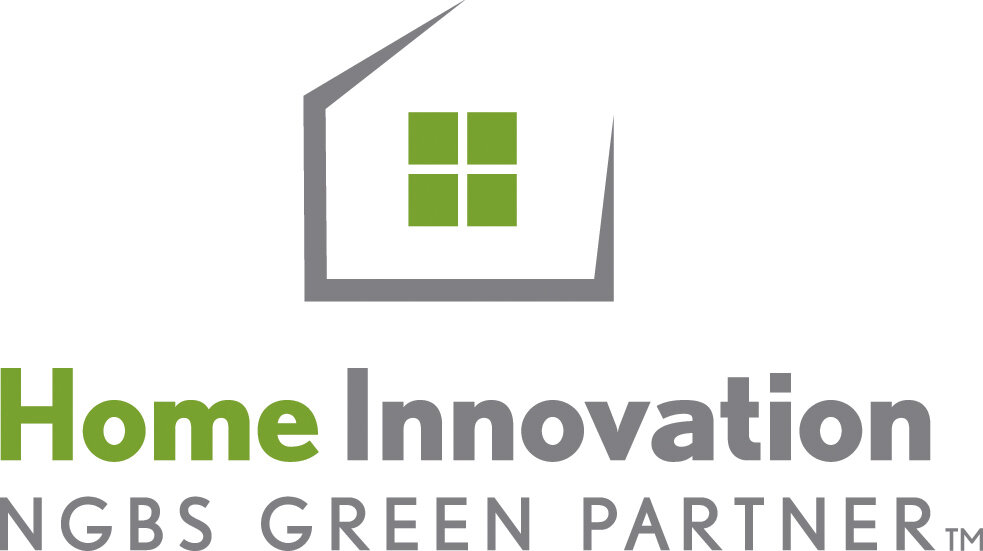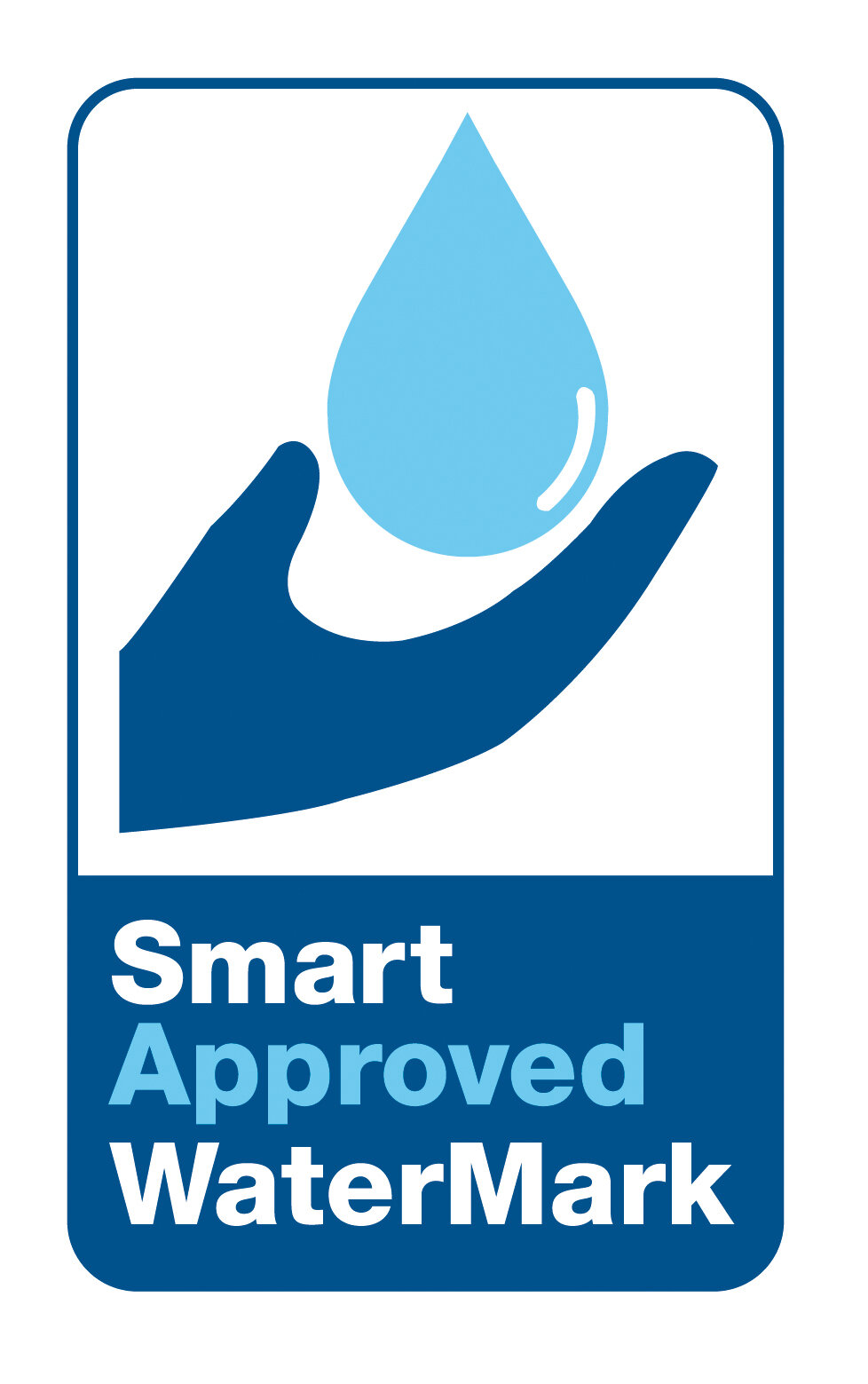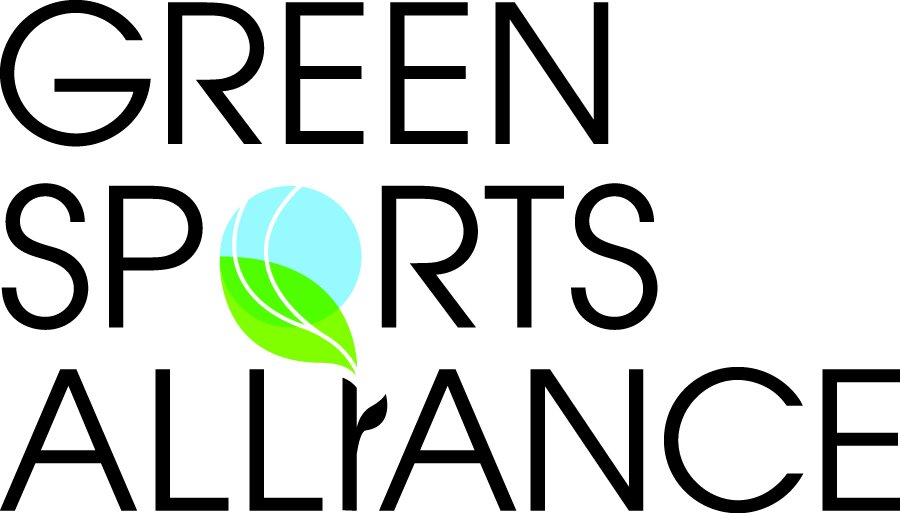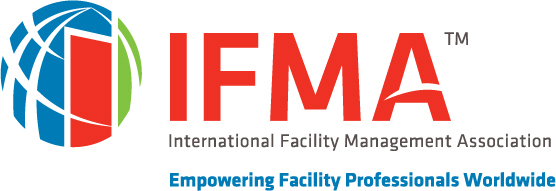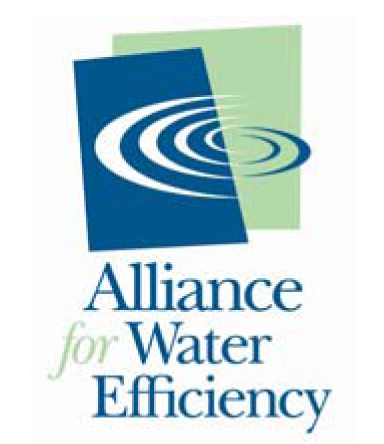Removing stagnant water from traditional urinals limits bacterial growth and odors because stagnant water fosters bacteria that create unpleasant smells and may pose health risks.
Here's what else we need to know:
Stagnant water provides a nutrient-rich, stable environment that allows bacteria to accumulate and form biofilms. These biofilms, complex communities of bacteria that adhere to surfaces, create a protective environment where bacteria can survive and thrive undisturbed for extended periods.
The challenge lies in the fact that once these biofilms have formed, removing them can be a daunting task, underscoring the urgency of addressing the issue of stagnant water.The lack of flow disturbances in these biofilms also promotes the growth of not only bacteria but also other microorganisms, resulting in malodor. Because the water remains still for extended periods, bacteria have more time to reproduce and metabolize organic matter.
This leads to increased microbial counts and the increased production of odor-causing compounds such as sulfides and organic acids. This microbial activity can degrade water quality and generate malodor.
Minimizing or avoiding stagnant water through continuous or periodic flushing can reduce bacterial populations. Studies show that bacterial counts in stagnant water decrease significantly within minutes after flushing, thereby reducing the release of bacteria into downstream water.
This limits the growth of biofilm and the nutrients that feed microbial regrowth. However, it's important to note that this approach requires ongoing and frequent flushing throughout the day, increasing the restroom maintenance burden.
Stagnation also allows sulfate-reducing bacteria to thrive in oxygen-poor conditions, producing hydrogen sulfide gas. When this happens, it creates a distinct and unpleasant 'rotten egg' smell. Eliminating stagnation in urinals helps improve aeration and disrupts anaerobic bacterial processes, thereby reducing odors.
Solutions
While traditional urinals can be flushed frequently to prevent the growth of biofilms and bacteria, as we mentioned earlier, it is essential to remember that each flush can require as much as 3.5 gallons of water, resulting in significant amounts of wasted water. In today's world, this is no longer an option.
After thirty years in the cleaning industry, I have found that the most effective way to prevent water stagnation is to install waterless urinals.
These urinals eliminate the need for water, thereby eliminating the problem of stagnation. The urinal surface remains drier, cleaner, and odor-free, resulting in a much more hygienic and healthier restroom environment. View this solution as a definitive answer to the issue of stagnant water in urinals.
Guest Author: Robert Kravitz is a former building service contractor and facility management advisor.



